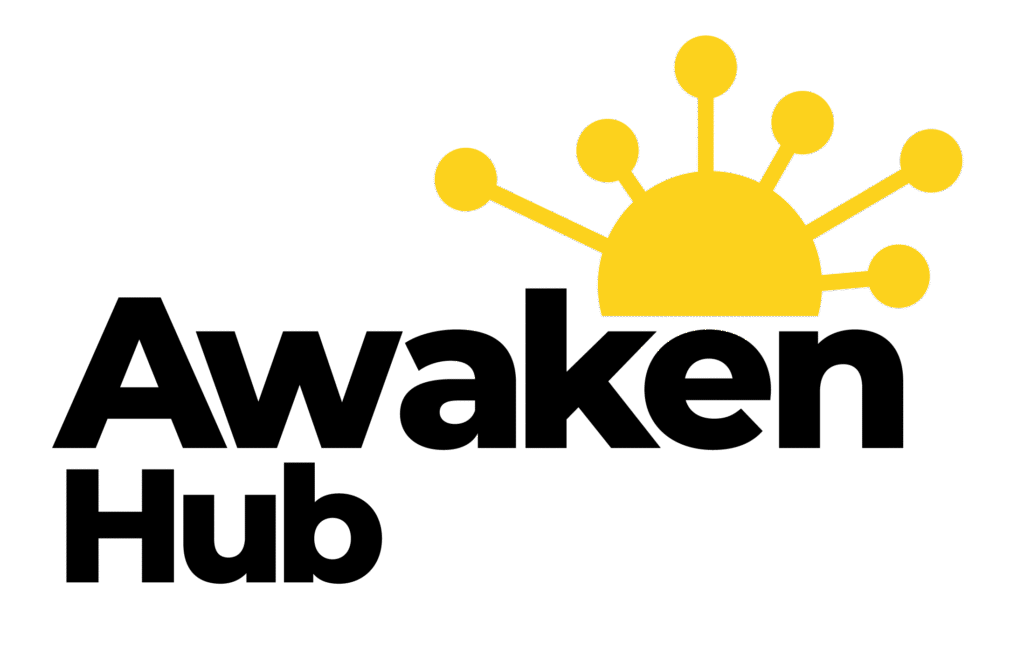The Art of Web Development: Crafting Engaging Online Experiences
User Experience Design (UX Design) is a multifaceted discipline that focuses on enhancing user satisfaction by improving the usability, accessibility,…
User Experience Design (UX Design) is a multifaceted discipline that focuses on enhancing user satisfaction by improving the usability, accessibility, and pleasure provided in the interaction between the user and the product. As you delve into this field, it becomes essential to grasp the core principles that underpin effective UX design. At its heart, UX design is about understanding the needs and behaviours of users.
This involves conducting thorough research to gather insights into how users interact with your product, what challenges they face, and what they value most in their experience. By placing yourself in the shoes of your users, you can create designs that resonate with them on a deeper level. Moreover, UX design is not merely about aesthetics; it encompasses the entire journey a user takes when engaging with a product or service.
This journey includes everything from the initial discovery phase to the final interaction. You must consider various factors such as information architecture, user flows, and visual hierarchy to ensure that users can navigate your design intuitively. By prioritising user-centric design principles, you can create experiences that are not only functional but also enjoyable, ultimately leading to increased user loyalty and satisfaction.
Summary
- User Experience Design focuses on creating a positive and meaningful experience for users when interacting with a website or application.
- Responsive Web Design ensures that a website adapts to different screen sizes and devices, providing a consistent experience for all users.
- Interactive elements such as animations, forms, and sliders can enhance user engagement and make the website more dynamic.
- Optimizing for search engines involves using relevant keywords, meta tags, and high-quality content to improve the website’s visibility and ranking.
- Accessibility features such as alt text for images and keyboard navigation are essential for making the website usable for all individuals, including those with disabilities.
Utilizing Responsive Web Design
In today’s digital landscape, where users access websites from a myriad of devices, responsive web design has become a crucial aspect of creating an effective online presence. Responsive design ensures that your website adapts seamlessly to different screen sizes and orientations, providing an optimal viewing experience regardless of the device being used. As you embark on this journey, it is vital to understand the importance of fluid grids, flexible images, and media queries in achieving a responsive layout.
By employing these techniques, you can ensure that your content is easily accessible and visually appealing on smartphones, tablets, and desktops alike. Furthermore, embracing responsive web design not only enhances user experience but also positively impacts your search engine rankings. Search engines like Google prioritise mobile-friendly websites in their algorithms, meaning that a responsive design can significantly improve your visibility online.
As you work on your website’s design, consider how users interact with your content on various devices. By creating a cohesive experience across platforms, you can engage users more effectively and encourage them to explore your offerings further.
Incorporating Interactive Elements

Incorporating interactive elements into your design can significantly enhance user engagement and create a more dynamic experience. As you explore various ways to make your website more interactive, consider features such as animations, hover effects, and interactive infographics. These elements not only capture users’ attention but also encourage them to interact with your content in meaningful ways.
For instance, an animated button can draw attention to a call-to-action, while an interactive infographic can help users digest complex information more easily. Moreover, interactivity fosters a sense of connection between users and your brand. When users can engage with your content actively—whether through quizzes, polls, or interactive storytelling—they are more likely to remember their experience and develop a positive association with your brand.
As you integrate these elements into your design, keep in mind the importance of balancing interactivity with usability. While it is essential to create engaging experiences, you must ensure that these elements do not overwhelm or confuse users.
Optimizing for Search Engines
| Metrics | Data |
|---|---|
| Keyword Ranking | Top 10 positions on SERPs |
| Organic Traffic | Number of visitors from search engines |
| Backlinks | Number of external websites linking to the site |
| Page Load Time | Seconds it takes for the page to load |
| Click-Through Rate (CTR) | Percentage of users who click on the search result |
Search engine optimisation (SEO) is an integral part of any successful digital strategy. As you work on your website, it is crucial to implement SEO best practices to improve your visibility in search engine results pages (SERPs). Start by conducting keyword research to identify relevant terms and phrases that your target audience is searching for.
By strategically incorporating these keywords into your content, headings, and meta tags, you can increase the likelihood of attracting organic traffic to your site. In addition to keyword optimisation, consider the technical aspects of SEO as well.
As you optimise your website for search engines, ensure that it loads quickly and provides a seamless experience across devices. Regularly updating your content and maintaining a clean site structure will also contribute to better SEO performance. By prioritising these elements, you can enhance your online presence and drive more traffic to your site.
Implementing Accessibility Features
Creating an inclusive digital experience is essential in today’s diverse world. Implementing accessibility features ensures that all users, regardless of their abilities or disabilities, can navigate and interact with your website effectively. As you embark on this journey towards inclusivity, consider incorporating features such as alt text for images, keyboard navigation options, and screen reader compatibility.
These elements not only enhance usability for individuals with disabilities but also contribute to a more positive overall user experience. Moreover, accessibility is not just a legal requirement; it is also a moral imperative. By prioritising accessibility in your design process, you demonstrate a commitment to inclusivity and social responsibility.
This approach can foster goodwill among users and enhance your brand’s reputation. As you evaluate your website’s accessibility features, consider conducting user testing with individuals who have varying abilities to gain valuable insights into their experiences. By actively seeking feedback and making necessary adjustments, you can create a more inclusive environment for all users.
Integrating Social Media and Sharing Tools

In today’s interconnected world, social media plays a pivotal role in shaping user experiences online. Integrating social media sharing tools into your website allows users to easily share content with their networks, amplifying your reach and engagement. As you explore various social media platforms, consider which ones align best with your target audience and brand identity.
By incorporating share buttons for popular platforms like Facebook, Twitter, and Instagram, you can encourage users to spread the word about your content effortlessly. Additionally, leveraging social media feeds on your website can create a dynamic experience for visitors. By showcasing real-time updates from your social media accounts, you can keep users engaged and informed about your latest offerings or promotions.
This integration not only enhances user experience but also encourages visitors to follow your social media profiles for ongoing updates. As you implement these tools, remember to monitor their performance regularly to assess their impact on user engagement and adjust your strategy accordingly.
Leveraging Content Management Systems
A robust Content Management System (CMS) is essential for managing and updating your website efficiently. As you explore various CMS options available today—such as WordPress, Joomla, or Drupal—consider factors such as ease of use, scalability, and customisation capabilities. A well-chosen CMS will empower you to create and manage content seamlessly while providing the flexibility needed to adapt as your business grows.
Moreover, leveraging a CMS allows for better collaboration among team members involved in content creation and management. With features like user roles and permissions, multiple contributors can work together without compromising the integrity of the site. Additionally, many CMS platforms offer plugins or extensions that enhance functionality—ranging from SEO tools to e-commerce solutions—enabling you to tailor your website according to specific needs.
By investing time in selecting the right CMS for your project, you set the foundation for a successful online presence.
Continuous Testing and Improvement
The digital landscape is ever-evolving; therefore, continuous testing and improvement are vital components of maintaining an effective online presence. As you gather data on user behaviour through analytics tools, take the time to analyse this information critically. Understanding how users interact with your site will provide valuable insights into areas that require enhancement or optimisation.
A/B testing is one effective method for evaluating different design elements or content strategies. By comparing two versions of a webpage or feature—such as varying headlines or button placements—you can determine which option resonates better with users. This iterative approach allows you to make informed decisions based on real user feedback rather than assumptions alone.
Embracing a culture of continuous improvement will not only enhance user experience but also keep your website relevant in an ever-changing digital landscape. In conclusion, by understanding user experience design principles and implementing strategies such as responsive web design, interactive elements, SEO optimisation, accessibility features, social media integration, effective CMS utilisation, and continuous testing, you can create a compelling online presence that resonates with users while driving engagement and satisfaction. Each aspect plays a crucial role in shaping how users perceive and interact with your brand; therefore, investing time and effort into these areas will yield significant long-term benefits for both you and your audience.
If you are interested in web development, you may also want to check out this article on By implementing a solid SEO strategy, web developers can help their clients reach a wider audience and drive more traffic to their websites.











